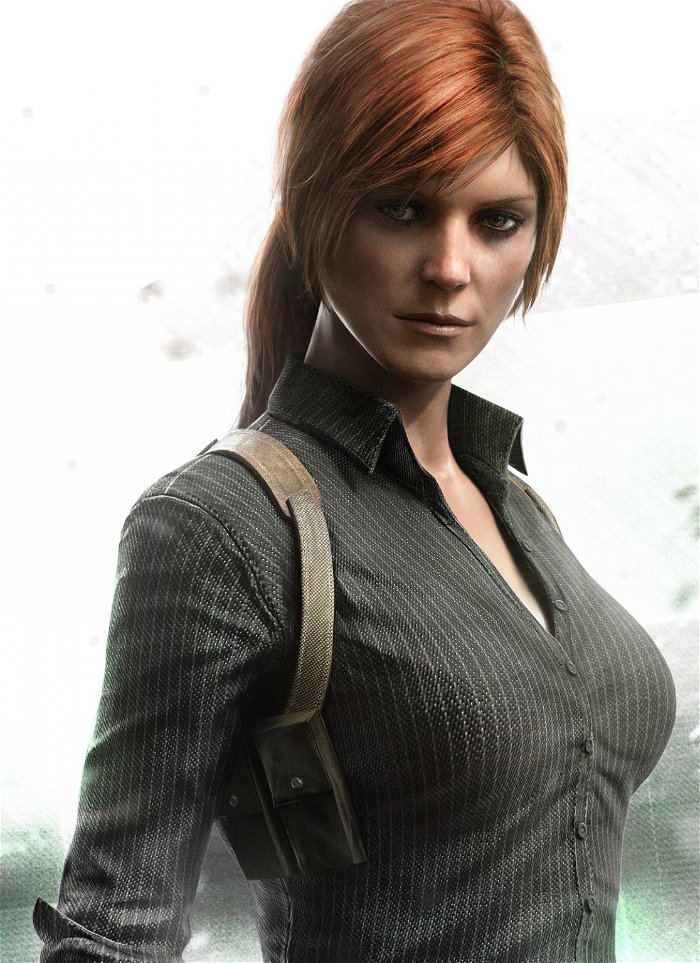There was a fair amount of surprise a few years ago when Ubisoft announced it was expanding from its comfortable kingdom in Montreal, Quebec to the blustery lake shores of Toronto, Ontario.
While Toronto had always been regarded as a place of traditional industries—like finance, steel and manufacturing—cutting edge businesses like game development seemed out of place in the so called “Golden Horseshoe.” In 2013, things are a bit different. While old standbys like Silicon Knights have shuttered their doors, studios like Capybara Games, Digital Extremes and even Rockstar Toronto have been in ascension along with a massive swelling of indie gaming talent. Now Ubisoft Toronto seems like just one more logical addition to a city that is late getting into game development but making strides quickly.
Now that Ubisoft Toronto has settled in for the long haul, the studio has rolled up its sleeves and set to work. One of the big surprises about this new facility was the responsibility they had to live up to straight out of the gate. Unlike BioWare, which kept flagship titles like Mass Effect and Dragon Age at the main studio in Edmonton, Ubisoft Montreal, now focused on Assassin’s Creed, handed the reins of the Splinter Cell franchise over to the senior staff transferring to Toronto, and whatever new employees they could recruit as the new facility built itself up. Thus, Ubisoft Toronto found itself with the intimidating responsibility of being not just a new studio, but being the steward of an intellectual property that helped define Ubisoft as a publisher today. They invited CGM down to see what they’d done with place, and check out how the latest title, Splinter Cell: Blacklist was coming along.

Everything You Need For AAA Goodness
A lot of new blood is apparent in the way the game plays and the systems it will be available on, but a lot of old, familiar, central ideas are making a comeback to show that the roots are still the same. Sitting in the heart of what used to be a General Electric light bulb factory, Ubisoft Toronto is located in midtown Toronto, just west of the venerable Annex neighborhood known for its affluent writers, scholars and other societal big wigs. Despite only opening up two years ago, the studio is already aggressively expanding its facilities. It dominates most of the second floor of the building it occupies and is making inroads on the third floor as well. In addition, the former storage area of the building has now been renovated into a fully functioning motion capture facility that can support up to 11 simultaneous performances for capture, or focus on more intimate facial capture sessions using hardware similar to James Cameron’s technique for Avatar.
While the majority of the senior staff at Ubisoft Toronto are transplants from Montreal, such as the widely recognized Jade Raymond, or the Creative Director of Splinter Cell Maxime Beland, many of the production staff are local hires, or recruited from even further out, such as the cinematics director David Footman who is a film director formerly working out of Vancouver before relocating to Toronto. The studio is already sitting at 200 strong, with plans to eventually grow to a staff of 800 in the years to come.
 All of this translates into a studio that is obviously aiming to produce top tier, AAA level games. As a lead studio for the Splinter Cell series with access to additional studios for support and their very own performance capture facilities, Ubisoft Toronto is clearly in a position to take on the big, expensive $60 retail games that most people look forward to for the holidays.
All of this translates into a studio that is obviously aiming to produce top tier, AAA level games. As a lead studio for the Splinter Cell series with access to additional studios for support and their very own performance capture facilities, Ubisoft Toronto is clearly in a position to take on the big, expensive $60 retail games that most people look forward to for the holidays.
That being said, Ubisoft Toronto is looking to dominate the summer with an August 20
release of their debut title as a studio, Splinter Cell: Blacklist.
Sam Fisher For Everyone
One of the most surprising things about Splinter Cell: Blacklist is just how egalitarian it is. Whereas Splinter Cell: Conviction was an Xbox 360 exclusive experience, the upcoming game will be available for the Xbox 360, PlayStation 3, and PC. It may be a bit upsetting for those Xbox owners used to the exclusivity of the franchise but it was explained that with the millions of PS3s and the potential explosion of Wii Us in the future, it seemed foolhardy to ignore the sales from such a massive installed base so late in this console generation.
But where Sam Fisher’s console allegiances (and voice actor) may be new, his gameplay is actually a return to older form. Where Splinter Cell: Conviction changed things up, taking Sam out of his stealth suit and his Third Echelon affiliation, Blacklist goes back to roots. Sam is now the head of Fourth Echelon, roaming the world in a mobile command plane called Paladin, and donning the stealth suit, wearing goggles and once again becoming the worst nightmare of every light bulb in the area. There are still features from the previous game appearing in this one, such as the mark and execute mechanic, Last Known Position and the mission objectives being projected on the environment, but they now sit comfortably with the more focused stealth mechanics many felt were missed in the last game.
In this way, Splinter Cell: Blacklist like Ubisoft Toronto itself is a hybrid. A lot of new blood is apparent in the way the game plays and the systems it will be available on, but a lot of old, familiar, central ideas are making a comeback to show that the roots are still the same.




